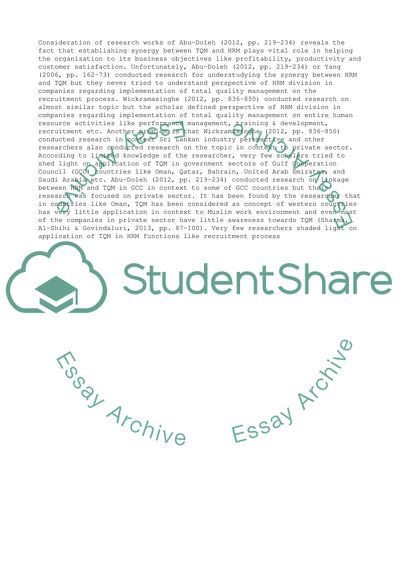Cite this document
(Research proposal about TQM Paper Example | Topics and Well Written Essays - 4000 words, n.d.)
Research proposal about TQM Paper Example | Topics and Well Written Essays - 4000 words. https://studentshare.org/human-resources/1810013-research-proposal-about-tqm
Research proposal about TQM Paper Example | Topics and Well Written Essays - 4000 words. https://studentshare.org/human-resources/1810013-research-proposal-about-tqm
(Research Proposal about TQM Paper Example | Topics and Well Written Essays - 4000 Words)
Research Proposal about TQM Paper Example | Topics and Well Written Essays - 4000 Words. https://studentshare.org/human-resources/1810013-research-proposal-about-tqm.
Research Proposal about TQM Paper Example | Topics and Well Written Essays - 4000 Words. https://studentshare.org/human-resources/1810013-research-proposal-about-tqm.
“Research Proposal about TQM Paper Example | Topics and Well Written Essays - 4000 Words”. https://studentshare.org/human-resources/1810013-research-proposal-about-tqm.


